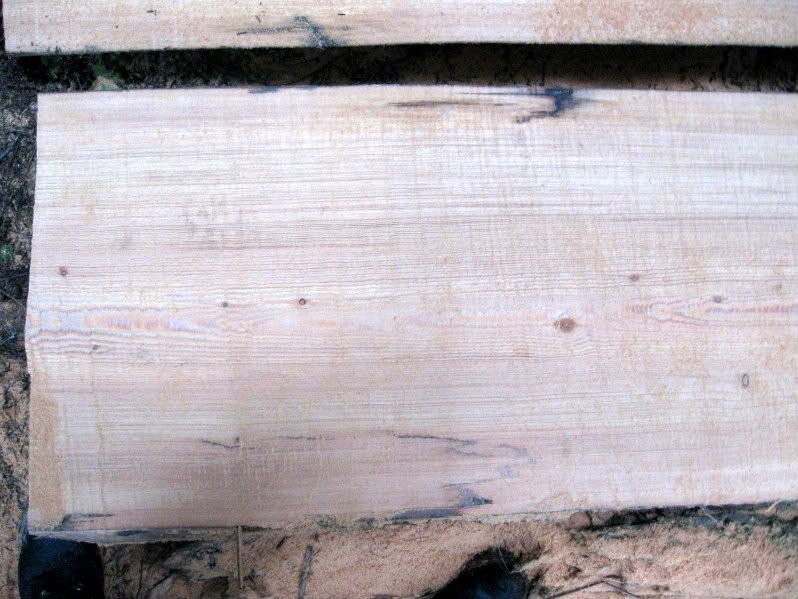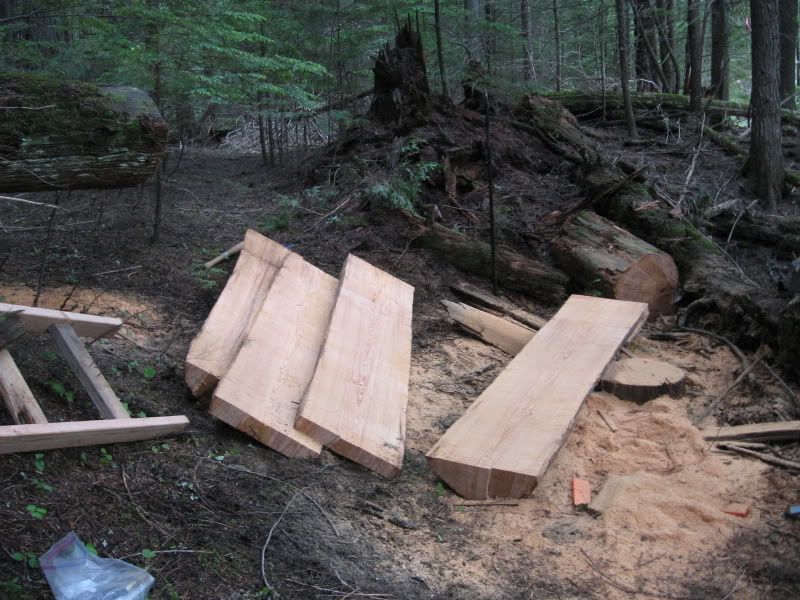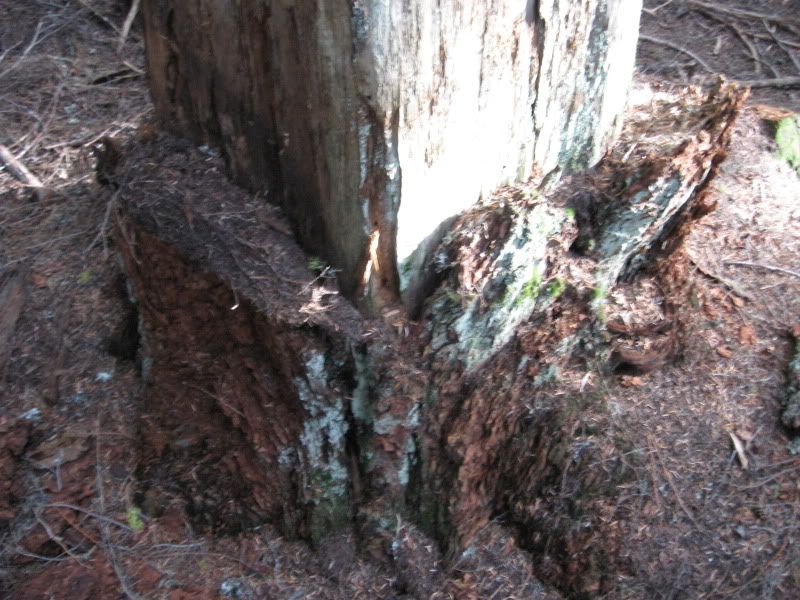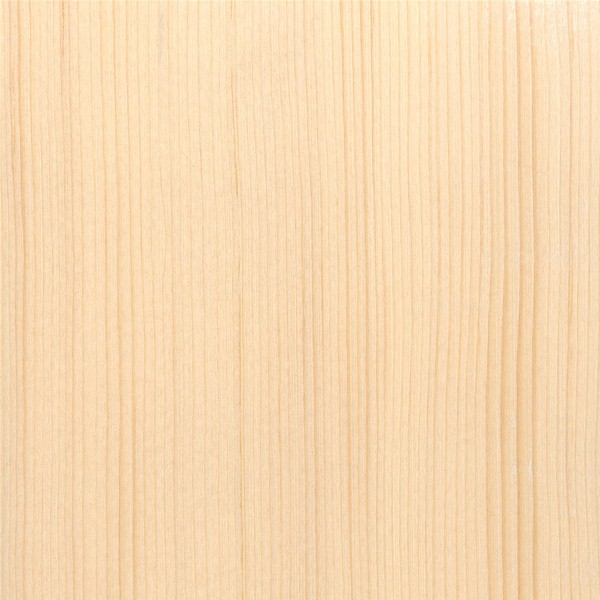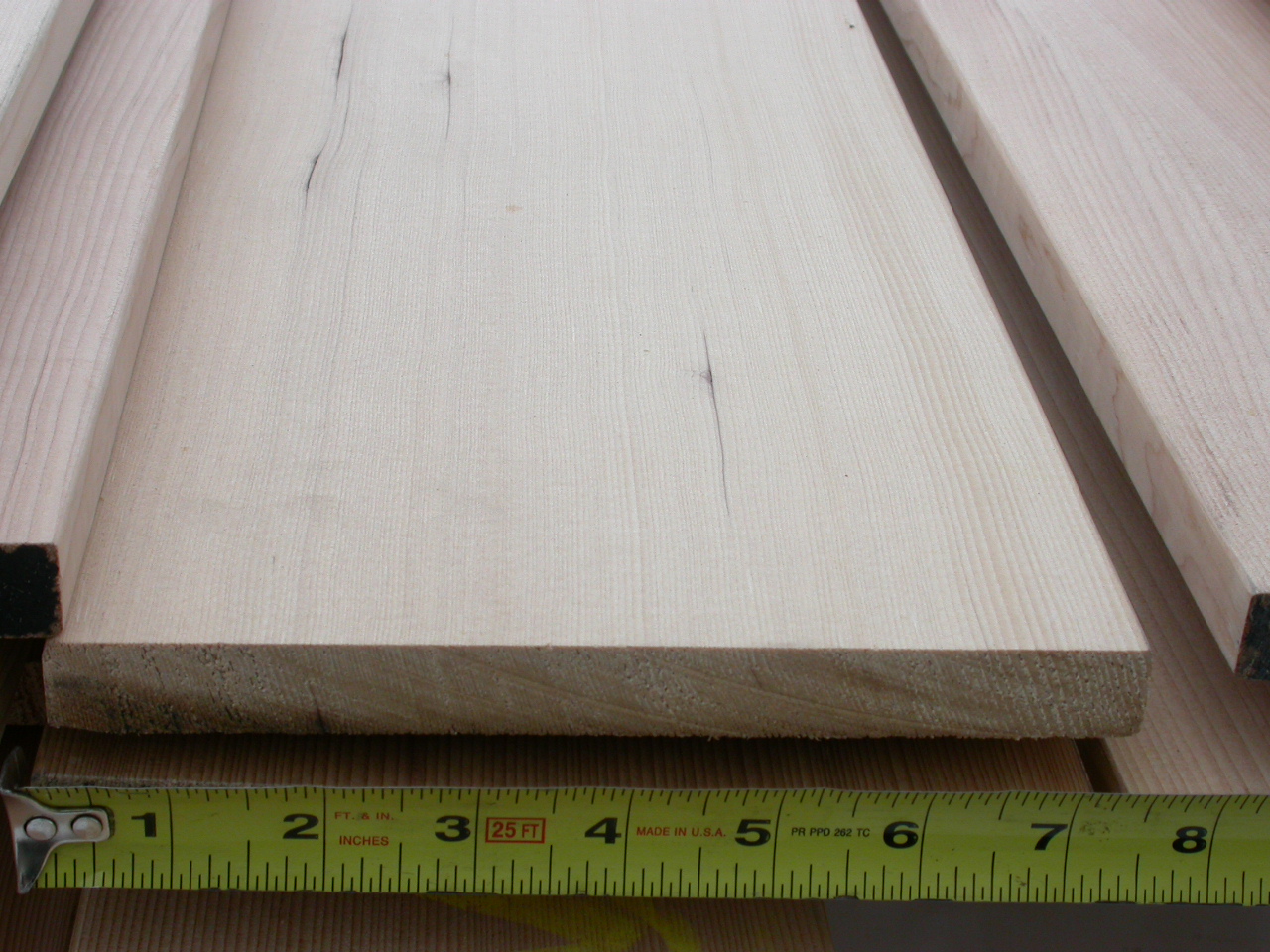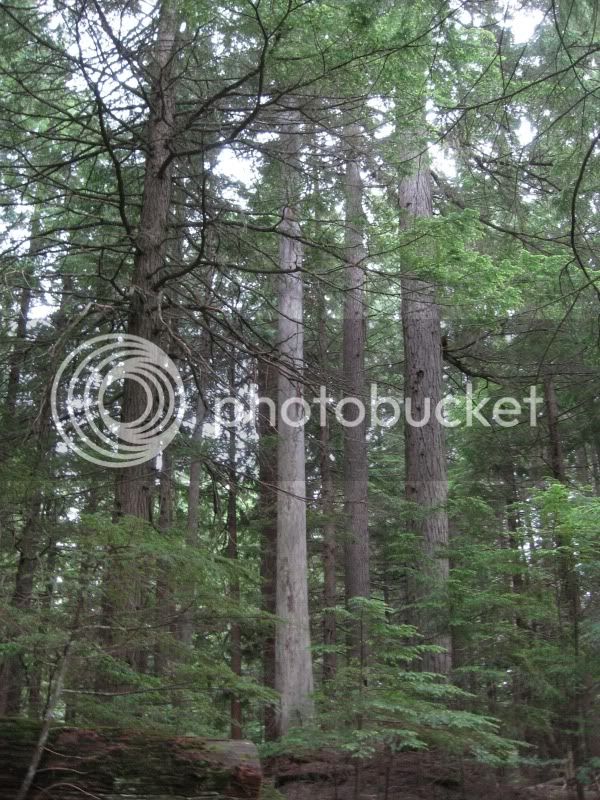DaltonPaull
ArboristSite Operative
Last week I spent several days building a trail and milling wood at my family's property in North Idaho. The tree that started the project was an ancient Ceder that went over roots and all a few years ago that was 36"+ dia with the first branch at 25' - too good to let it rot on the ground. The wood from this tree is great - clear and tight grained but I decided to take a break from milling and continue the trail to the creek. While clearing a path, I cut through a log that looked like it had been dead for ages - no bark and a layer of moss. To my surprise there was minimal rot and it looked great so I decided to try milling it. The result was beautiful CVG slabs but of what type I cant decide for sure. I've attached pictures of the log I milled and a near by standing dead tree that still has some 6" think bark and looks like the same species (this one looks to have started out standing dead as well.) I think it is most likely Douglas fir but possibly Western Larch (aka tamarack.) There are several old stumps (and some butt sections I might try to mill) as well as several standing dead trees in the area that look the same but no living fir trees in the area and only one small tamarack that I can find. Most of the living trees in the area are Hemlock and Ceder but there are some spruce nearby too. Does anyone have an idea of how to tell for sure if this is Fir or Tamarack?
